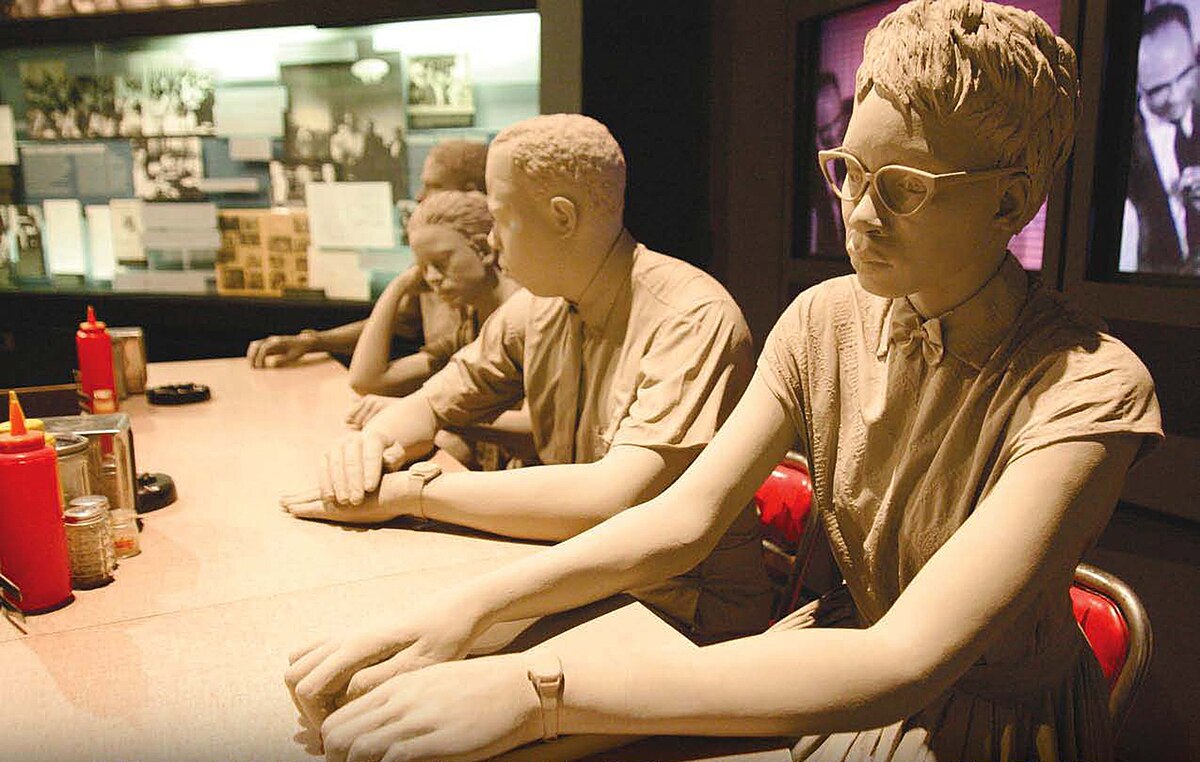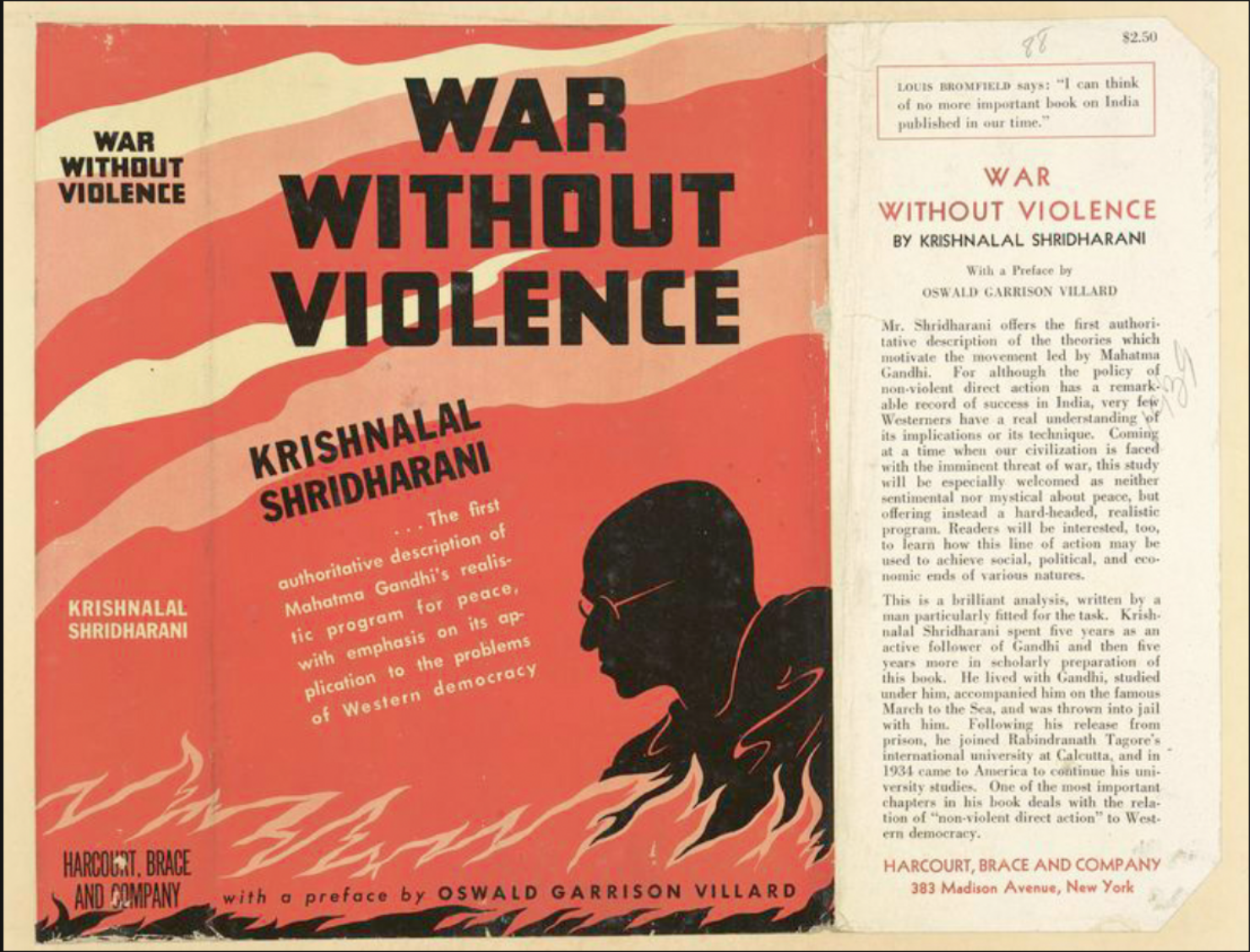This content was created using source materials from the South Asian American Digital Archive (SAADA). All lesson plan content is owned by The Asian American Education Project (AAEdu) and source content by the South Asian American Digital Archive (SAADA). As such, users agree to attribute all work to The Asian American Education Project and South Asian American Digital Archive.
Note to teachers: Video contains images and discussions of police violence and racial violence. Provide a content warning to students.
Voices of America. US Civil Rights Movement Benefits From Non-Violent Strategy [run time 04:00]
Source
Grade: 6-12Subject:
Social Studies, History
Number of Lessons/Activities: 4 + Extension Activities
While many may be familiar with Mahatma Gandhi’s influence on Dr. Martin Luther King, Jr., the history of the impact of South Asians on the Civil Rights Movement is largely untold. In this lesson, students will explore historical examples of South Asian American immigrants whose writing and ideas influenced civil rights activists. Students will consider how ideas about nonviolence shaped civil rights political strategy in the United States.
Students will be able to:
- Examine the influence of South Asian immigrants on the formation and political strategy of the Civil Rights Movement
- Identify historical examples of how South Asian individuals influenced civil rights leaders, and consider why this history is not well-known
South Asian Influence on the Civil Rights Movement Essay:
In the 1960s, the United States was immersed in the Civil Rights Movement, a struggle for justice and equal rights led by Black Americans. Dr. Martin Luther King, Jr. (1929-1968) is widely recognized as one of the leaders of the movement, and Dr. King has often credited Mahatma Gandhi (1869-1948) as a major source of inspiration. Gandhi led a movement to liberate India from British colonial rule and espoused the idea of
nonviolence. King embraced Gandhi’s nonviolent philosophy.
Gandhi however was not the only South Asian influence on the Civil Rights Movement. Manmatha Nath Chatterjee (1888-1964) and Krishnalal Shridharani (1911-1960), two South Asian American activists, also played important roles in this fight for liberation.
Manmatha Nath Chatterjee was born in India. He was a personal friend and confidant to Gandhi. Chatterjee attended universities in Scotland, Germany, and the United States, and was a professor of Social Sciences at Antioch College in Yellow Springs, Ohio for thirty-one years. Based on his lived experiences in India, Europe, and the U.S., Chatterjee had a deep understanding of both the East and the West.
While a professor at Antioch College, Chatterjee helped six white students establish Ahimsa Farm in Yellow Springs, an
ashram cooperative community based on Gandhi’s teachings. Students studied nightly and engaged in lively political discussions. Although Ahimsa Farm welcomed people of all races to join, it was never integrated. Members of the group, however, participated in other causes, most notably the years-long campaign to
desegregate the swimming pool at Garfield Park in Cleveland, Ohio. In 1941, Black and white students entered the pool together as an act of
nonviolent direct action against segregation. They were met with aggression from many white swimmers but continued the protest throughout the summer. The Garfield Park protest served as a model for the Congress of Racial Equality (CORE), a civil rights organization with
pacifist roots. CORE sought to use nonviolent direct action to fight racism and encourage cooperation between interracial communities, a significant tactic used in the larger Civil Rights Movement as well. Members of CORE later took over the leadership of the Garfield Park protests, and the pool was finally desegregated in 1948.
Another South Asian who influenced the Civil Rights Movement was Krishnalal Shridharani. Born in 1911 in Umrala, an Indian village near the city of Bhavnagar, Shridharani was a journalist and poet who spent twelve years studying in the United States. A
disciple of Gandhi, he participated in the 1930 Salt March alongside thousands of other Indians. Led by Gandhi, the Salt March was an act of
nonviolent civil disobedience in protest of a “salt tax” Great Britain imposed on India. At the time, India was a British colony and prohibited Indians from collecting or selling their own salt, instead, forcing them to buy it from Britain with a heavy tax. The Salt March lasted almost a month and covered 240 miles. Following the Salt March, some marchers raided a salt depot in Dharasana to continue their protest. Many protesters, including Shridharani, were arrested and spent three months in jail.
Shridharani attended university in India, then came to the U.S. in 1934 and earned three degrees from New York University and Columbia University. His 1939 book War Without Violence: The Sociology of Ghandi’s Satyagraha, was widely studied by civil rights activists. In his book, Shridharani discussed Gandhi’s teachings and detailed the idea of direct action. Calling for “direct action just short of war,” Shridharani viewed nonviolent direct action as an alternative method of aggression. Rather than making a moral argument in favor of pacifism, he viewed nonviolent direct action as a more efficient and less destructive way to negotiate with an opponent. The philosophy outlined in War Without Violence was instrumental in making nonviolence a core tenet of the Civil Rights Movement.
Shridharani’s work was read by Bayard Rustin, a civil rights activist who worked with Dr. King as a political strategist. Rustin said “Shridharani’s book became our gospel, our bible.” Shridharani’s work was also very influential in creating CORE, which Rustin co-founded. Drawing on Shridarani’s writing, CORE favored nonviolent direct action as a political strategy to challenge racial segregation. Rather than making moral arguments for desegregation, leaders like Rustin formed interracial coalitions to directly challenge segregated institutions. For example, Rustin and other civil rights activists such as A. Philip Randolph, organized the 1941 March on Washington Movement, mass marches in Washington, D.C. aimed at pushing President Franklin D. Roosevelt’s administration towards military desegregation.
Shridharani also became friends with James Farmer, another CORE co-founder, and was invited by Farmer to be a guest speaker for CORE’s first national conference in 1943. Farmer later became the director of CORE during the Freedom Rides of 1961, an organized action in which Black and white riders took bus trips through the American South to protest segregated bus terminals. Farmer and other organizers used War Without Violence as part of their teaching materials for the Freedom Riders.
Chatterjee and Shridharani are just a few of the South Asian scholars and activists who influenced the Civil Rights Movement. The work and influence of many others has not been well-documented. It is important to recognize that while the Civil Rights Movement was a Black-led movement focused on Black liberation, many members of oppressed groups worked in solidarity. Reciprocally, Black liberation movements have also heavily influenced Asian American movements throughout American history.
Bibliography:
Freiss, Horace L. (1941). “Review of
War Without Violence. A Study of Gandhi's Method and its
Accomplishments by Krishnalal Shridharani.”
Social Research Vol. 8, No. 2, pp. 247-250. Webpage:
www.jstor.org/stable/40981775.
Slate, Nico. (2021). “The Civil Rights Movement.”
Our Stories: An Introduction to South Asian America.
SAADA, pp. 254-263.
Wolcott, Victoria W. (2022). "Chapter 5 The Pacifists." Living in the Future: Utopianism and the Long Civil Rights Movement, Chicago: University of Chicago Press, pp. 147-176.
Note to teachers: If needed, frontload the vocabulary with students before the reading.
- Ashram: a secluded dwelling of a Hindu sage
- Desegregate: to eliminate segregation by race
- Disciple: a person who assists in spreading the doctrine of another person
- Nonviolence: abstaining from violence as a matter of principle
- Nonviolent direct action: nonviolent resistance to injustice. More than 250 forms of nonviolent direct action have been identified, including marches, boycotts, picketing, sit-ins and prayer vigils, to name a few**
- Nonviolent civil disobedience: the act of openly disobeying an unjust, immoral or unconstitutional law as a matter of conscience, and accepting the consequences, including submitting to imprisonment if necessary; to protest an injustice**
- Pacifist: a person who opposes war or violence as a means of settling disputes
Instruction Consideration:
This mini unit is not intended to be completed in one instructional session. It is a resource for educators to implement as they see fit. AAEdu recommends focusing on the discussion questions and instructional activities if teaching in a shorter period (one to two instructional sessions.) Incorporate one or more extension activities if using a longer period (five or more sessions.)
- How did Manmatha Nath Chatterjee and Krishnalal Shridharani, two South Asian American activists, influence the Black-led Civil Rights Movement?
- How did Shridharani’s activism in India influence his thinking and writing in the United States?
- How did the concept of nonviolence fit into both the Indian struggle for independence from British colonization and the Black struggle for equal rights in the United States?
- Why do you think Mahatma Gandhi’s influence on Dr. Martin Luther King, Jr. is well-known, but the influence of other South Asian thinkers, such as Chatterjee and Shridharani, is less known?
At the National Civil Rights Museum in Memphis, Tennessee, a life-sized display depicts four Black college students sitting at a Woolworth's lunch counter in a peaceful protest. The South Asian influence on the Civil Rights Movement (non-violence as a political strategy) is a meaningful part of this movement's history.
Credit: Wikimedia Commons
Source
Activity 1: Nonviolence in the Civil Rights Movement
Students will be introduced to the concept of nonviolence and share their prior knowledge about the Civil Rights Movement.
- Ask students what they know about the Civil Rights Movement:
- Who was involved in the Civil Rights Movement? What names come to mind?
- What were the goals of the Civil Rights Movement?
- What strategies or tactics were used to achieve those goals?
- Ask students what they think the term “nonviolence” means in general and, more specifically, as a political strategy.
- Watch the video, U.S. Civil Rights Movement Benefits From Non-Violent Strategy.
Note to teachers: Video contains images and discussions of police violence and racial violence. Provide a content warning to students.
- Ask students: “What are the pros and cons of nonviolence as a political strategy?” List student responses on a T-chart with “Pros” on the left column and “Cons” on the right column.
- Explain that The King Center defines nonviolent direct action as “Nonviolent resistance to injustice. More than 250 forms of nonviolent direct action have been identified, including marches, boycotts, picketing, sit-ins and prayer vigils, to name a few.” Have students give specific historical examples of each action.
- Explain that nonviolence was a key strategy of the Civil Rights Movement championed by leaders like Dr. Martin Luther King, Jr., but not all civil rights leaders agreed that it was the best strategy.
- Explain that this lesson explores some of the roots of nonviolence in the Civil Rights Movement, specifically looking at less-known South Asian scholar-activists who helped spread these ideas to various civil rights leaders.
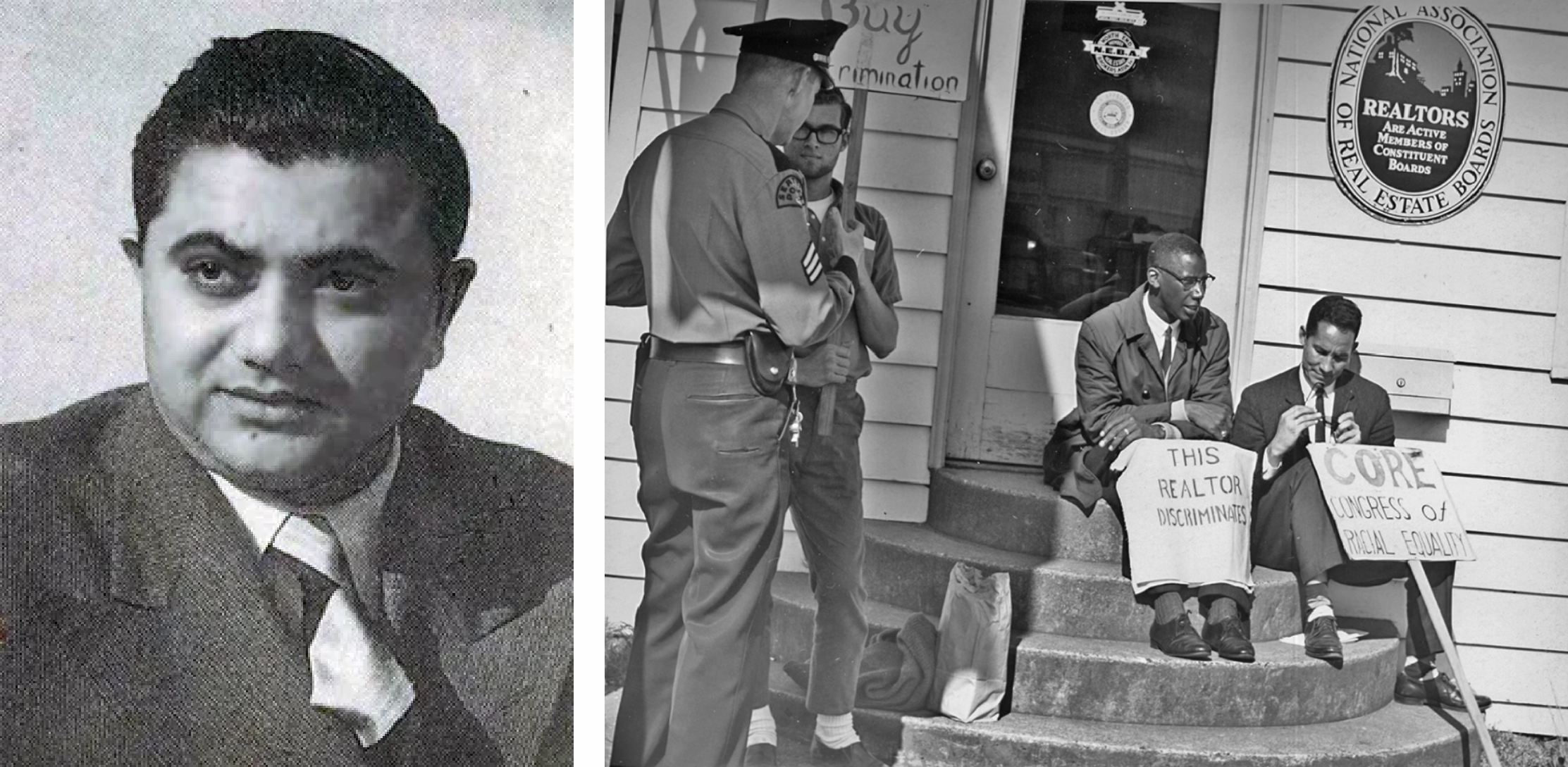
Left: Krishnalal Shridharani (1911-1960) was a journalist and poet who spent twelve years studying in the United States. Shridharani was a disciple of Mahatma Gandhi. In his 1939 book
War Without Violence, Shridharani discusses Gandhi’s teachings and details the idea of direct action. The book was widely studied by civil rights activists.
Credit: India Public Domain 2021: Seventeen Indian Authors whose Works are Entering the Public Domain in 2021
Source Right: This is an image of a 1964 fair housing protest in Seattle, Washington. Two protestors sit in front of Picture Floor Plans, Inc., a realtor office. Sponsored by CORE (Congress of Racial Equality), this protest was a part of a larger campaign where Black activists called for an end to racial discrimination in housing sales in Seattle. A civil rights organization, CORE used nonviolent direct action (inspired by South Asian activists) to fight against racism.
Credit: Wikimedia Commons
Source
Activity 2: Analyzing South Asian Influence on the Civil Rights Movement
Students will learn about specific South Asian leaders and how their beliefs or actions influenced the Black Civil Rights Movement in America.
- Have students read the South Asian Influence on the Civil Rights Movement Essay and complete the The South Asian Influence - Note-Taking Worksheet. After reading the essay, discuss it as a class using the 4C’s Thinking Routine:
- Connections: What connections do you draw between the text and your own life or your other learning?
- How did this essay connect with what you already knew about the Civil Rights Movement?
- How can you connect this essay to your own personal experiences?
- Challenge: What ideas, positions, or assumptions do you want to challenge or argue with in the text?
- What do you think about the efficacy of nonviolence as a political strategy to achieve liberation and justice?
- Concepts: What key concepts or ideas do you think are important and worth holding onto from the text?
- What did you learn about nonviolence? About civil rights? About community organizing?
- Changes: What changes in attitudes, thinking, or action are suggested by the text, either for you or others?
- How did this essay change how you think or talk about the story of the Civil Rights Movement?
- Why do you think we don’t know much about the South Asian influence on civil rights?
- Distribute South Asian Influence on the Civil Rights Movement Worksheet to students.
- Have students work in small groups or independently to complete each row on Gandhi, Chatterjee, and Shridharani. Or, split the class into three groups and have each group complete one row and then share out to the whole class.
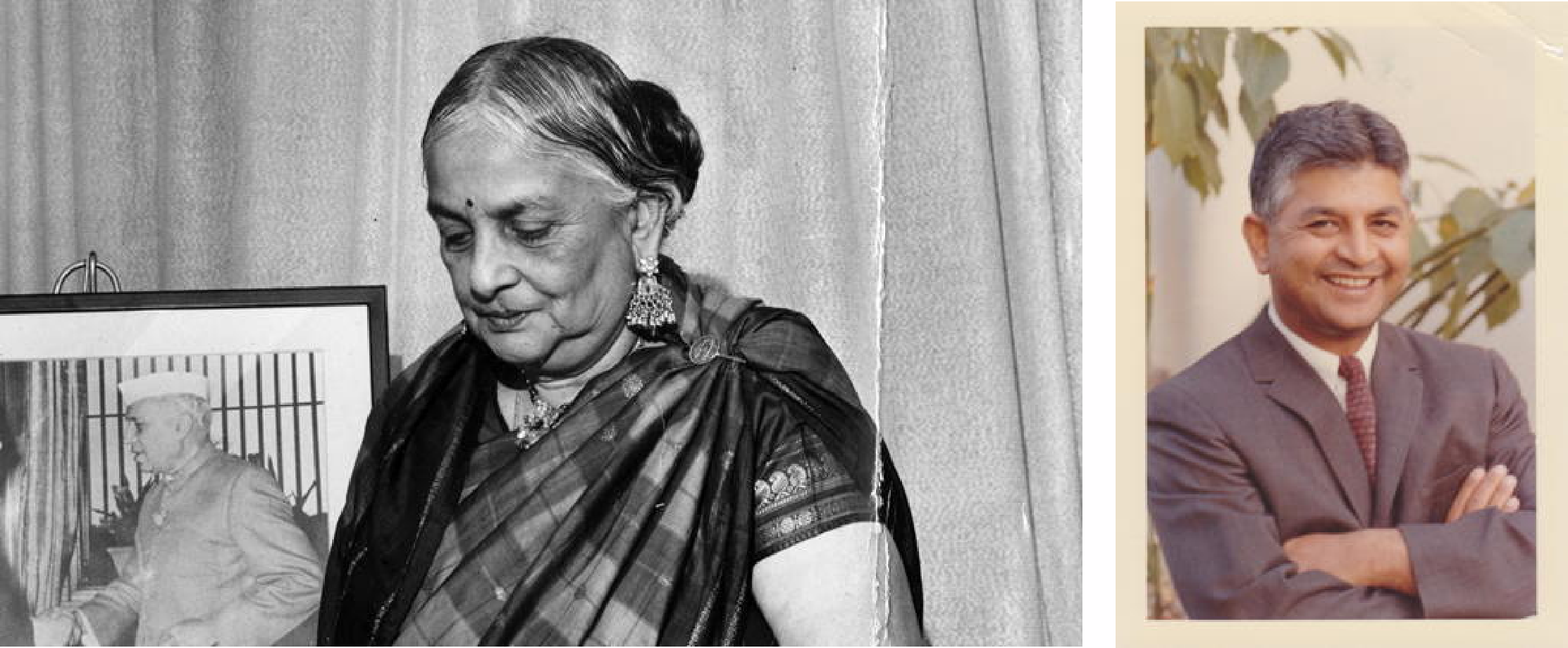
Left: Kamaladevi Chattopadhyay (1903-1988) was an Indian social reformer and freedom activist. Chattopadhyay advocated for Indian independence against Britain and for women’s rights. She trained women to be political activists. In 1926, she became the first woman in India to run for political office.
Credit: Wikimedia Commons
Source Right: On March 18, 1965, Ram Bagai, the President of the California-based "Films of India," sent the
“Your Dream Is Our Dream” letter to Dr. Martin Luther King, Jr. and Ralph Abernathy of the Southern Christian Leadership Conference, to lend his support to the Civil Rights Movement.
Credit: Courtesy of Rani Bagai and
SAADASource
Activity 3: South Asian American Biographies
Students will conduct further research on South Asian leaders who influenced the Civil Rights Movement and analyze their goals for racial equality.
- Explain to students that they will work in small groups to read about one of two other South Asian individuals who influenced the Civil Rights Movement: Kamaladevi Chattopadhyay (1903-1988) and Ram Bagai (1914-2000).
- Divide students into two groups:
- Group 1: Kamaladevi Chattopadhyay
- Have students read “Kamaladevi Chattopadhyay” in Our Stories: An Introduction to South Asian America.
- Group 2: Ram Bagai
- Have students read the SAADA article Your Dream Is Our Dream.
- Have students complete rows 4 or 5 in South Asian Influence on the Civil Rights Movement Worksheet from Activity #2.
- Have groups present their findings with the whole class via a PowerPoint (or Google) slide or poster. Presentations should include: a brief biography of the individual, their key actions or contributions, and their direct/indirect impacts on the Civil Rights Movement.
Activity 4: A Fuller Civil Rights Movement History
Students will conclude their learning by responding to an essay prompt and reflect on the larger impact of South Asian influence on the Civil Rights Movement.
- Have students write an essay in response to the following prompt:
This history of South Asian influence on the Civil Rights Movement is not widely known or taught. Using at least one example from the lesson, explain why learning about South Asian influence on the Civil Rights Movement is a meaningful part of civil rights history in the United States.
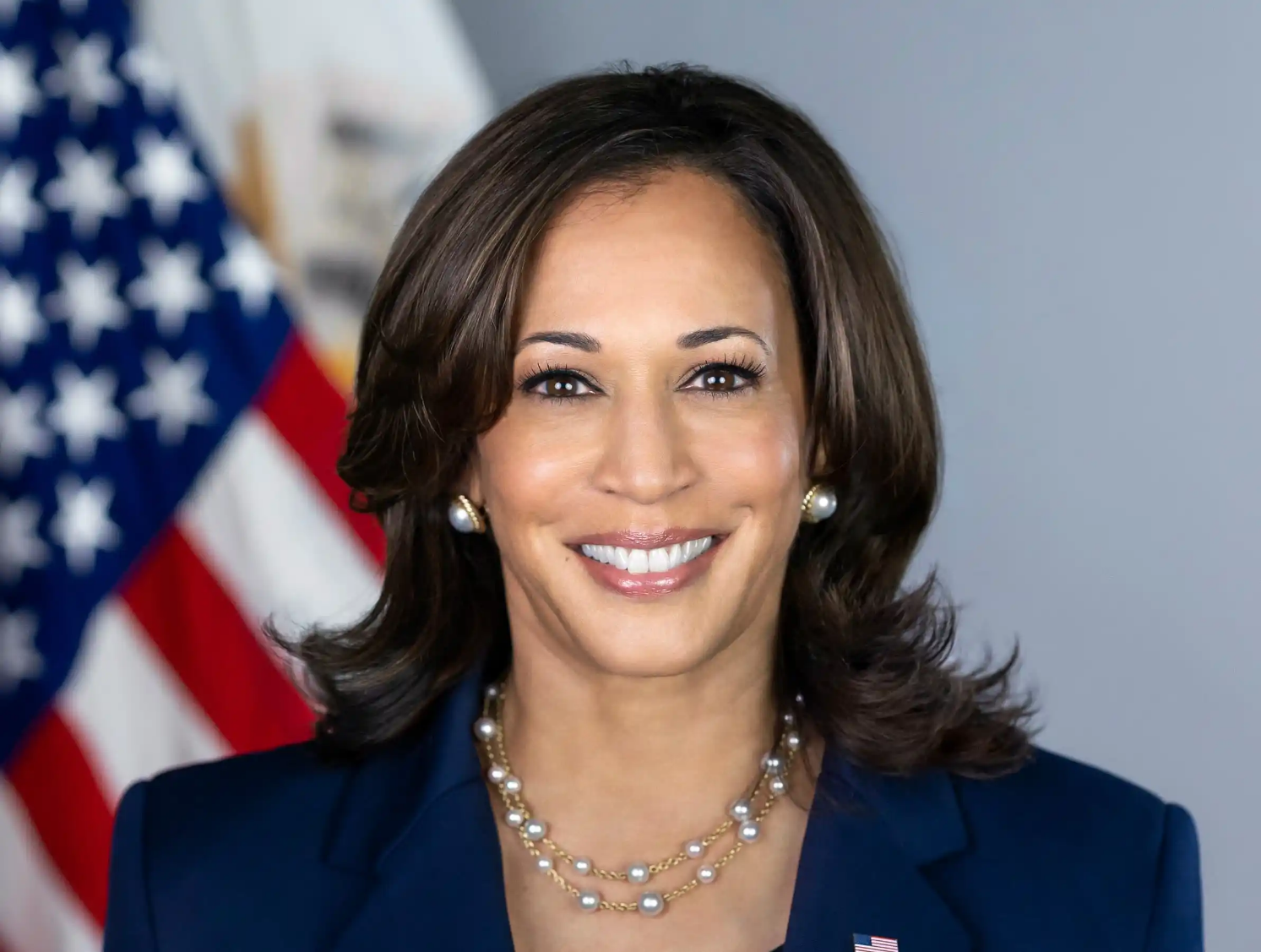
- Examining Kamala Harris’s Bi-Racial Identity as a Black and South Asian American
- Explain that while this lesson explored how South Asians influenced Black activists leading up to and during the Civil Rights Movement, we will turn to an example of these identities intersecting in one person: Vice President Kamala Harris.
- Have students read the first five paragraphs of the SAADA article The Other Kamala and The Washington Post article “I am who I am.”
- Facilitate a discussion on the articles by asking the following questions:
- How did the ethnic backgrounds of each of Vice President Harris’s parents influence her upbringing?
- How did growing up during the Civil Rights Movement, with parents who were both active in the movement, impact Harris?
- Why do you think Harris’s Indian heritage was not as widely known as her Black heritage?
- Exploring Shared Histories
- Explain that this lesson sought to tell part of the story of South Asian American and Black American shared histories through a few selected individuals. We will now look at a few other examples.
- Have students read the article The Secret History of South Asian & African American Solidarity, and explore the website Black Desi Secret History.
- Facilitate a discussion on the article and website:
- Why did the website creator Anirvan Chatterjee call this a “secret history”?
- What are the benefits of learning about the shared history of solidarity between different communities?
- Have students create similar infographics based on the learnings from this lesson. Students may use digital tools such as Google Slides or Canva.


